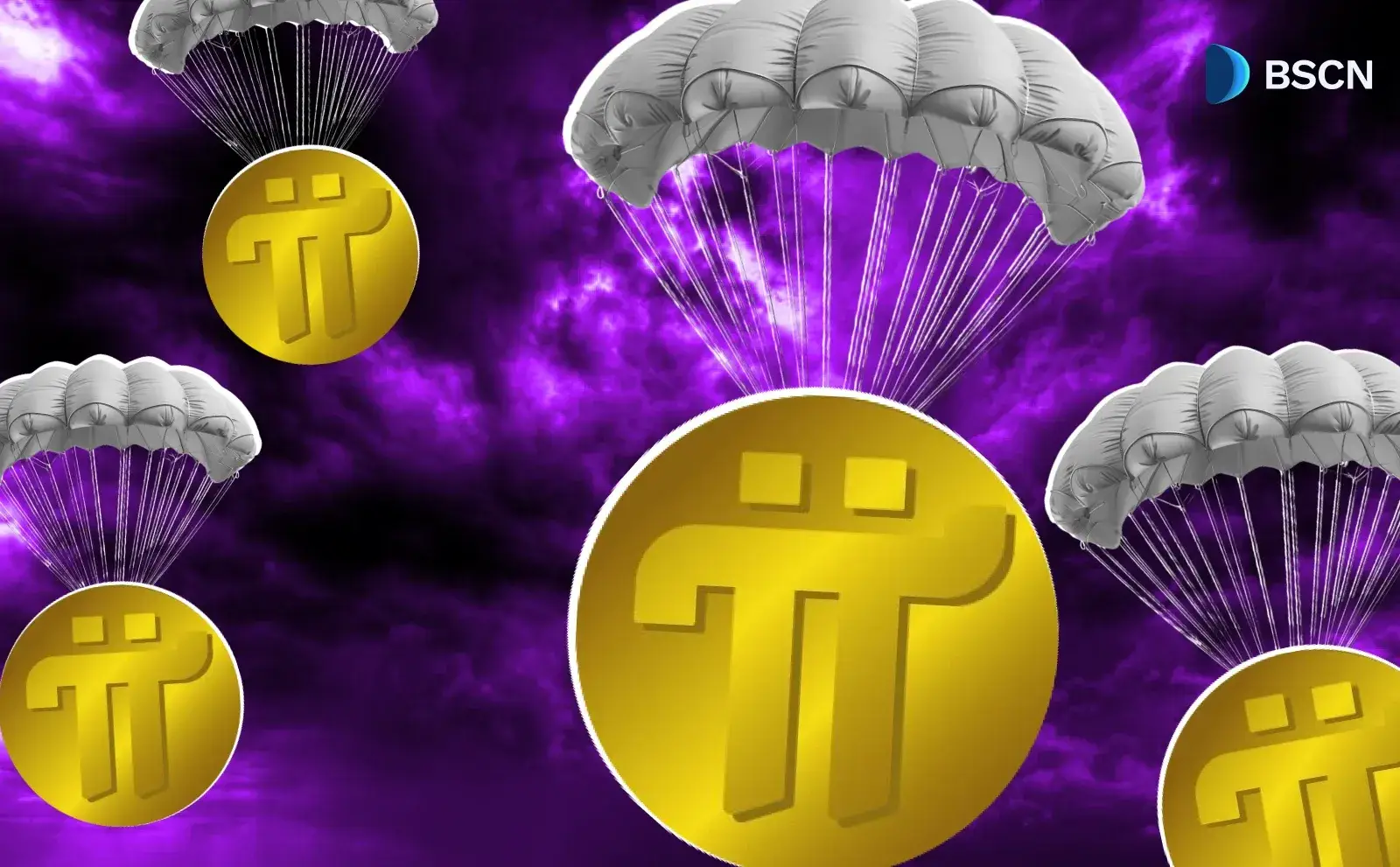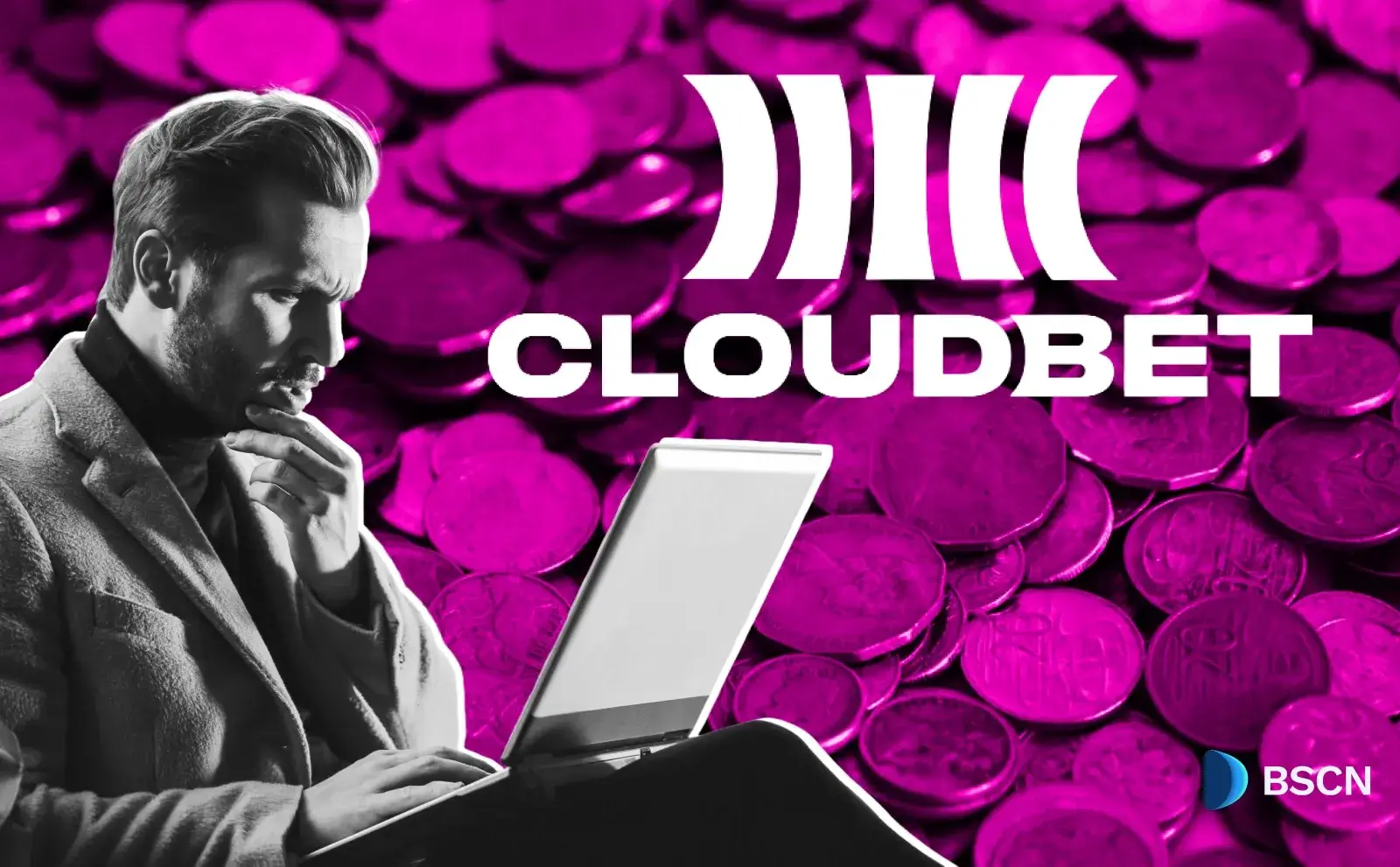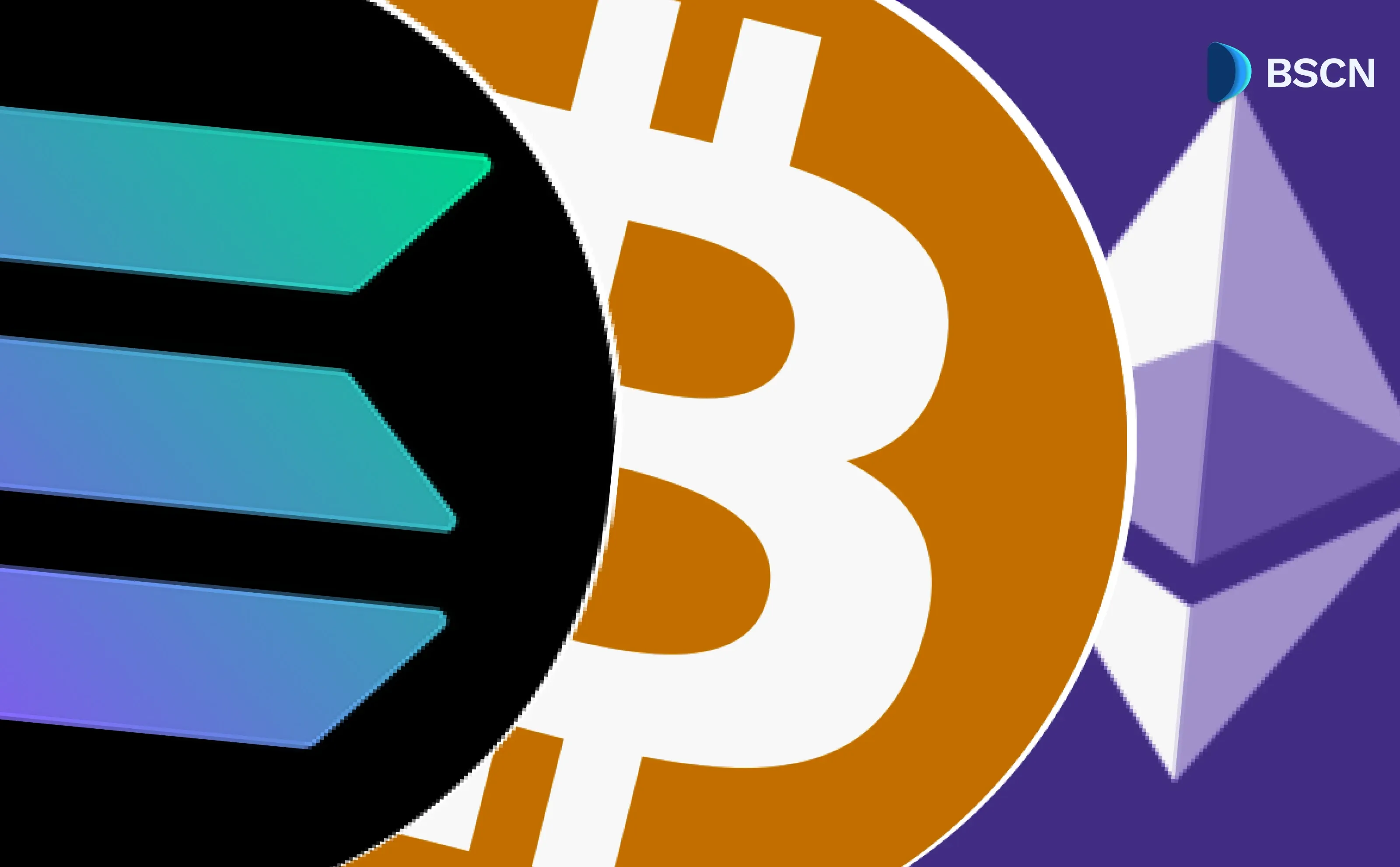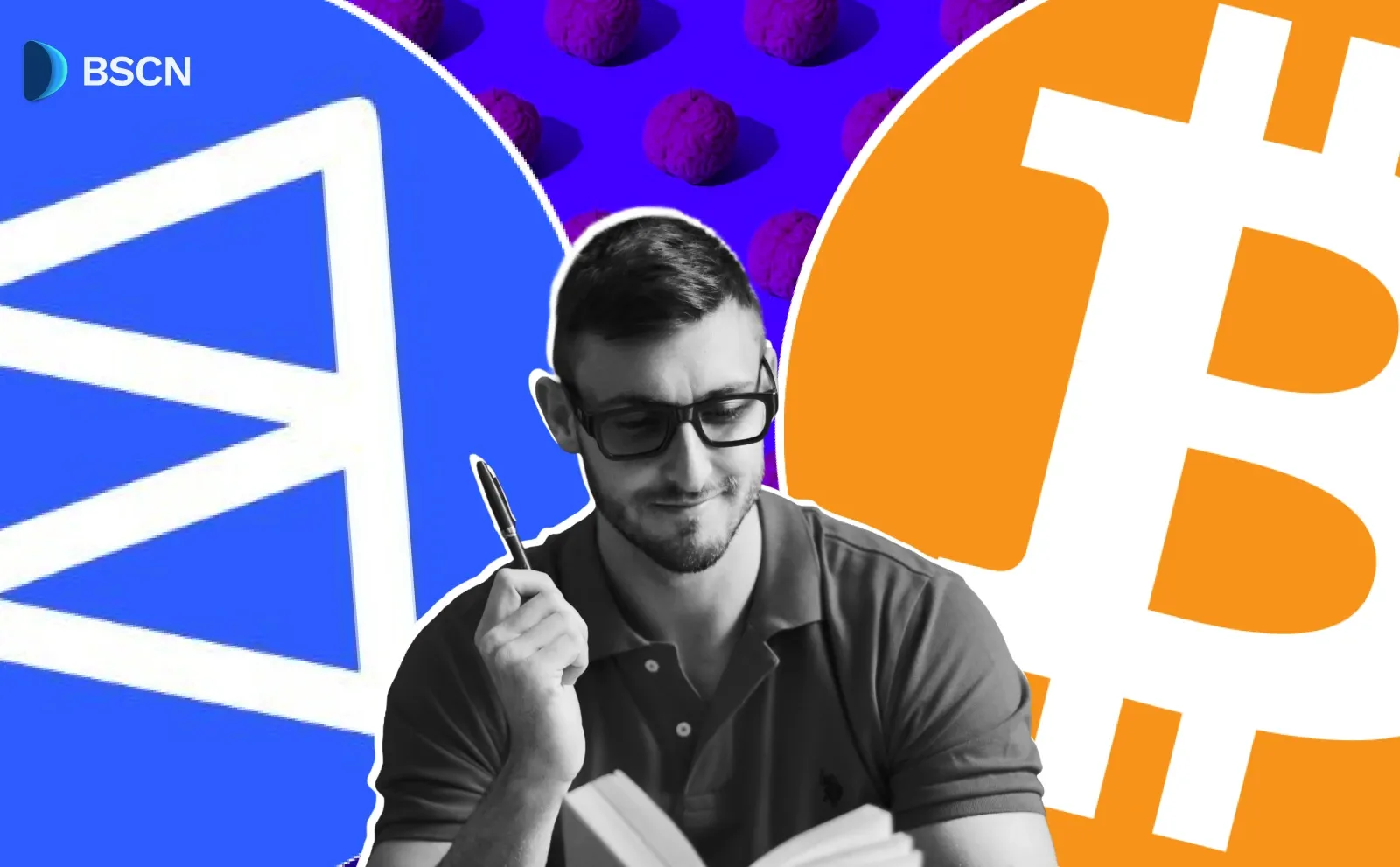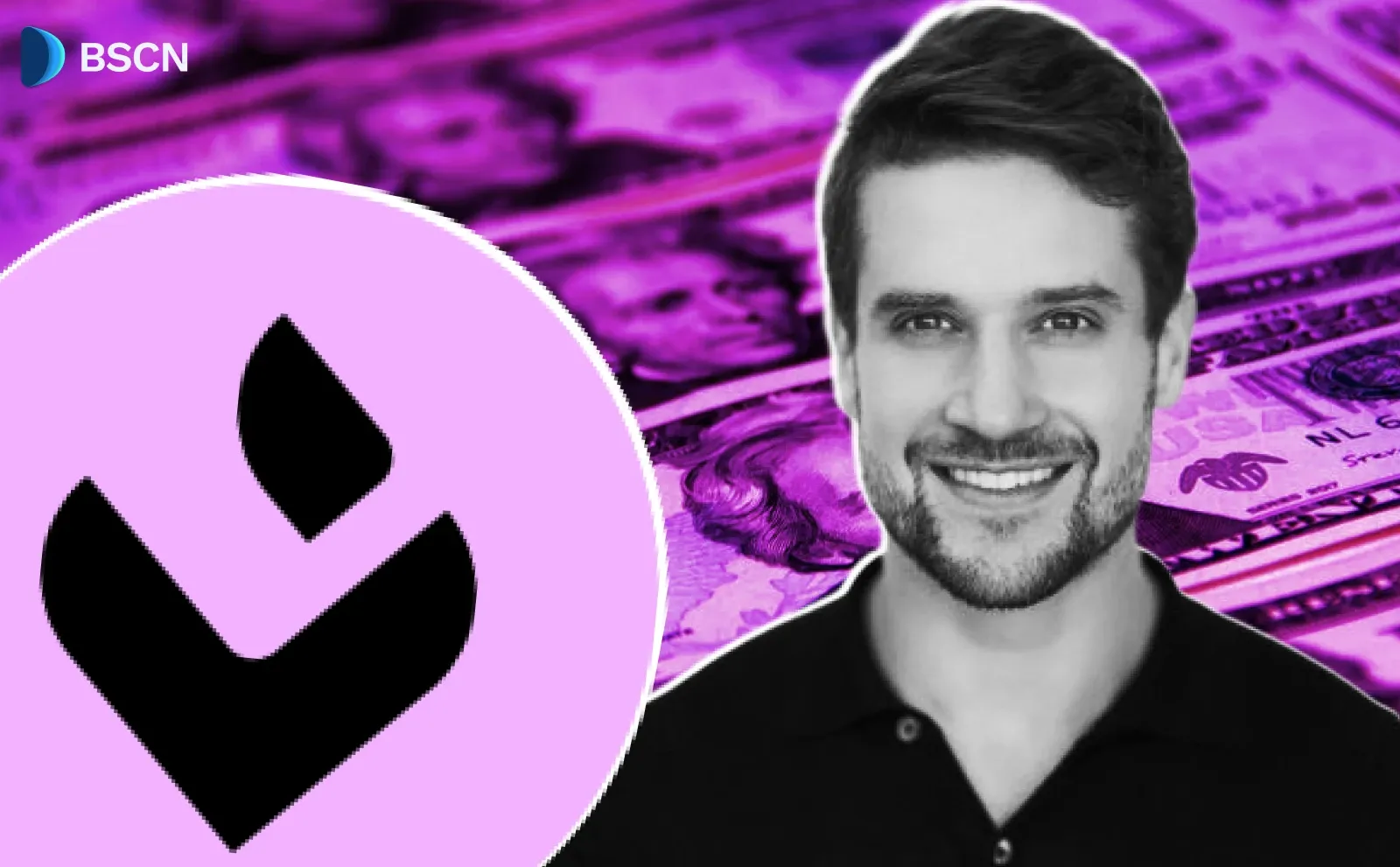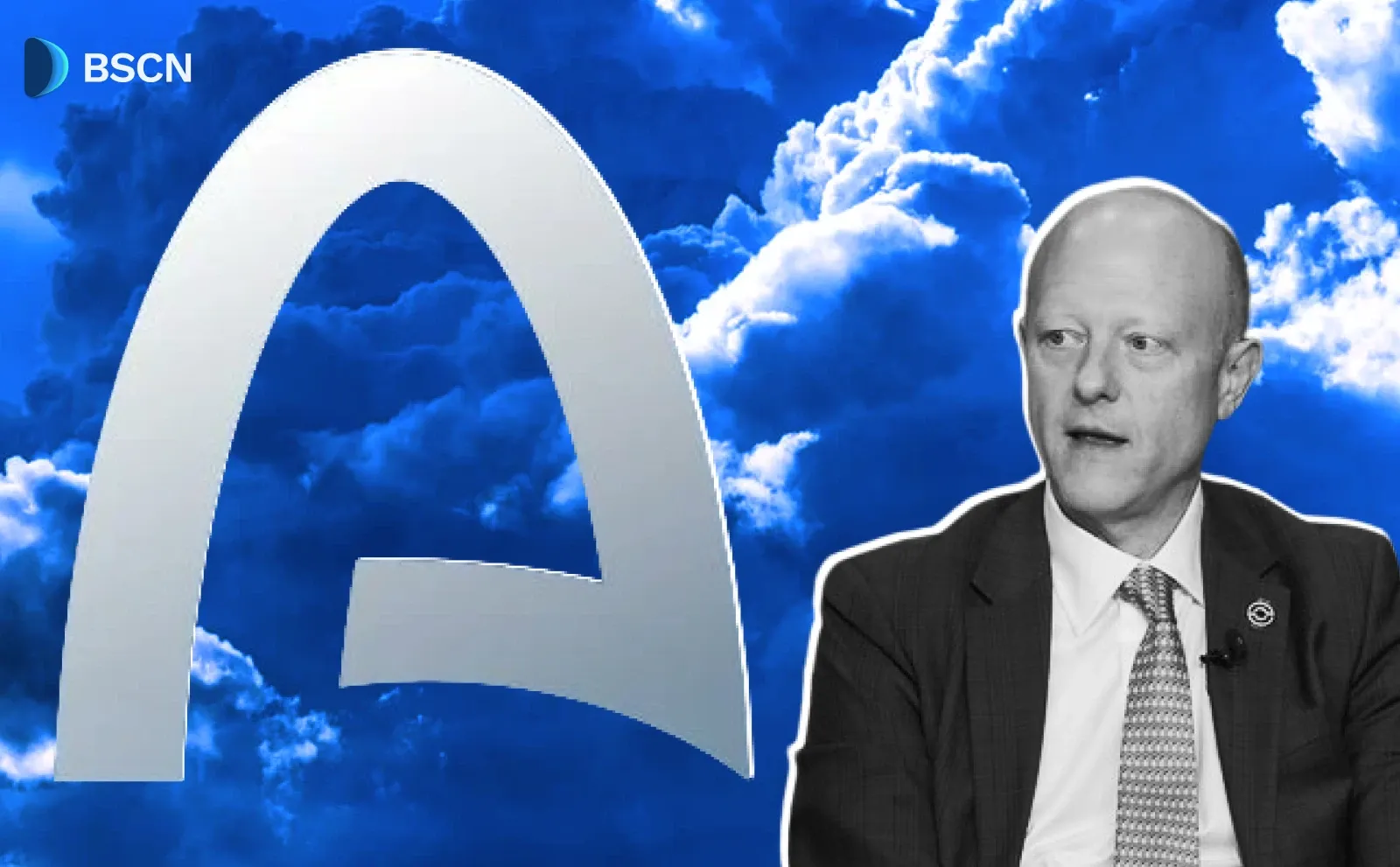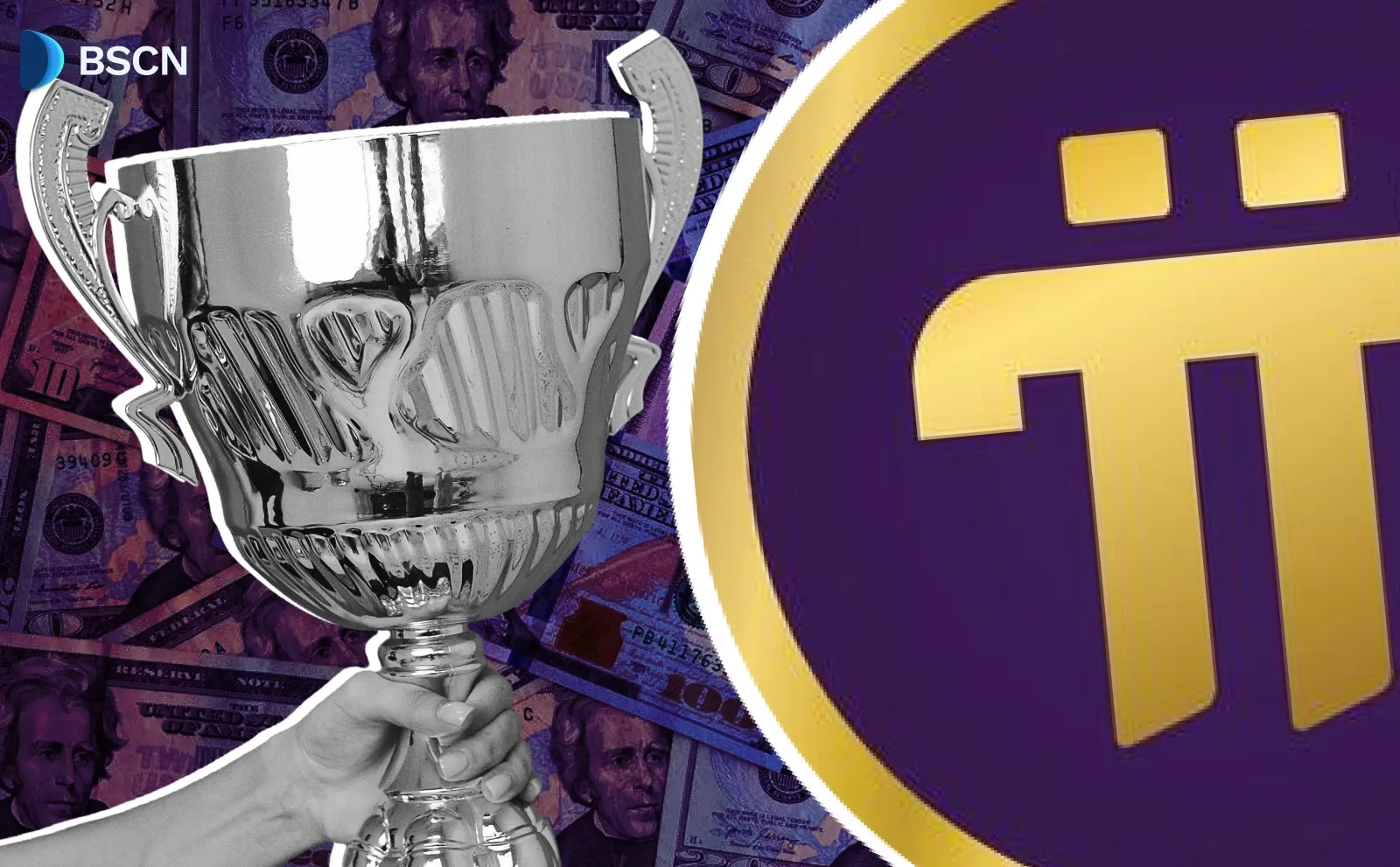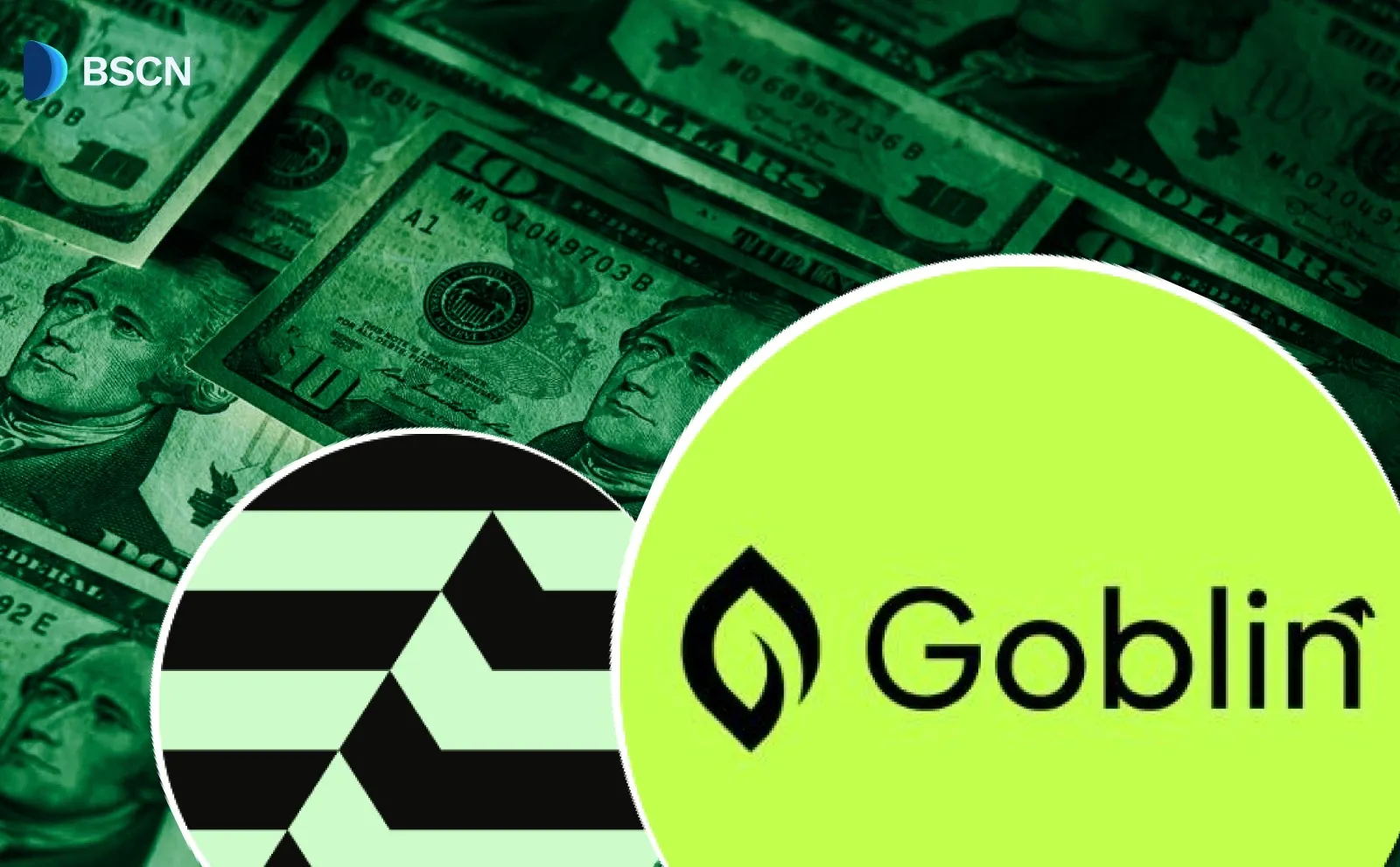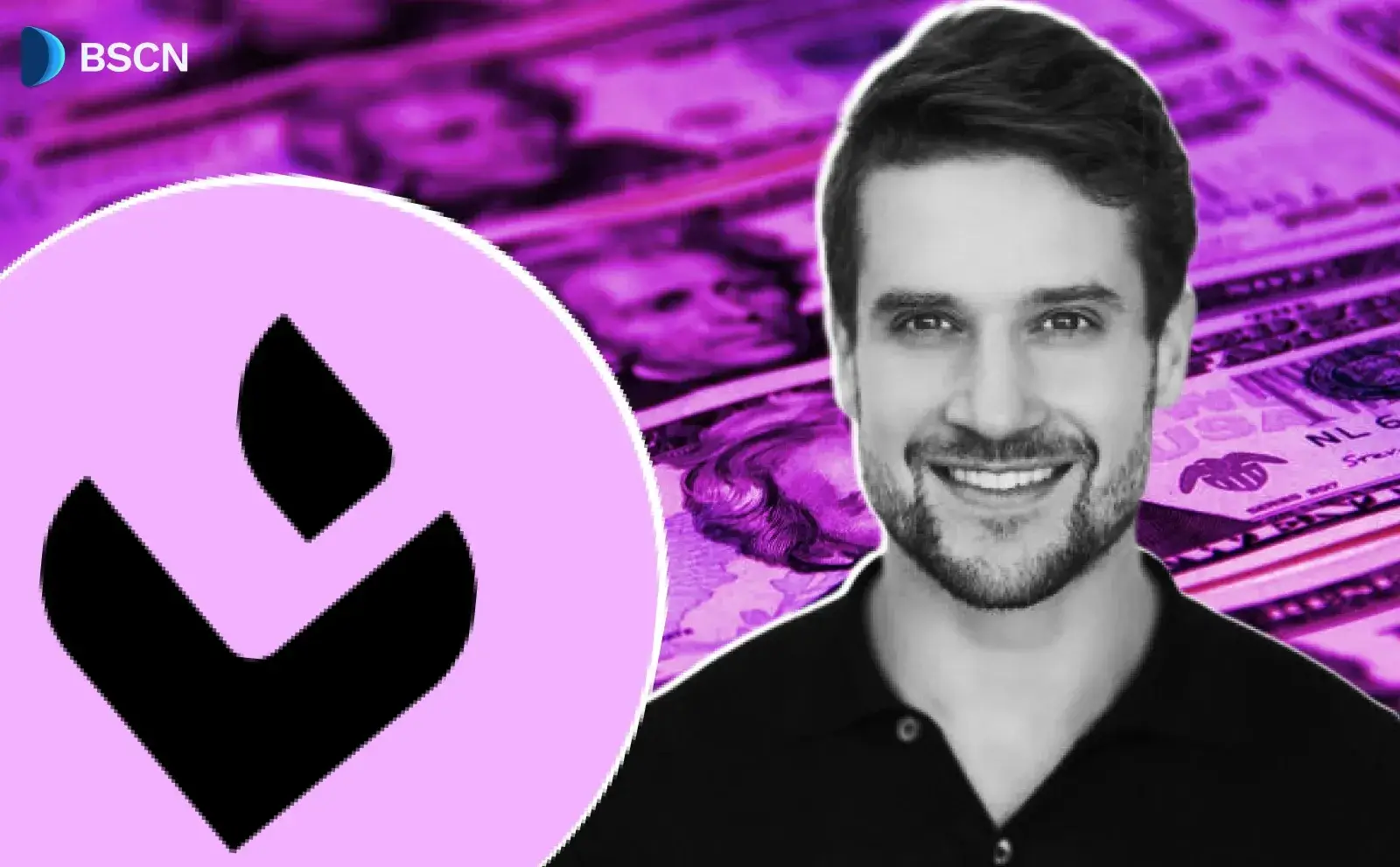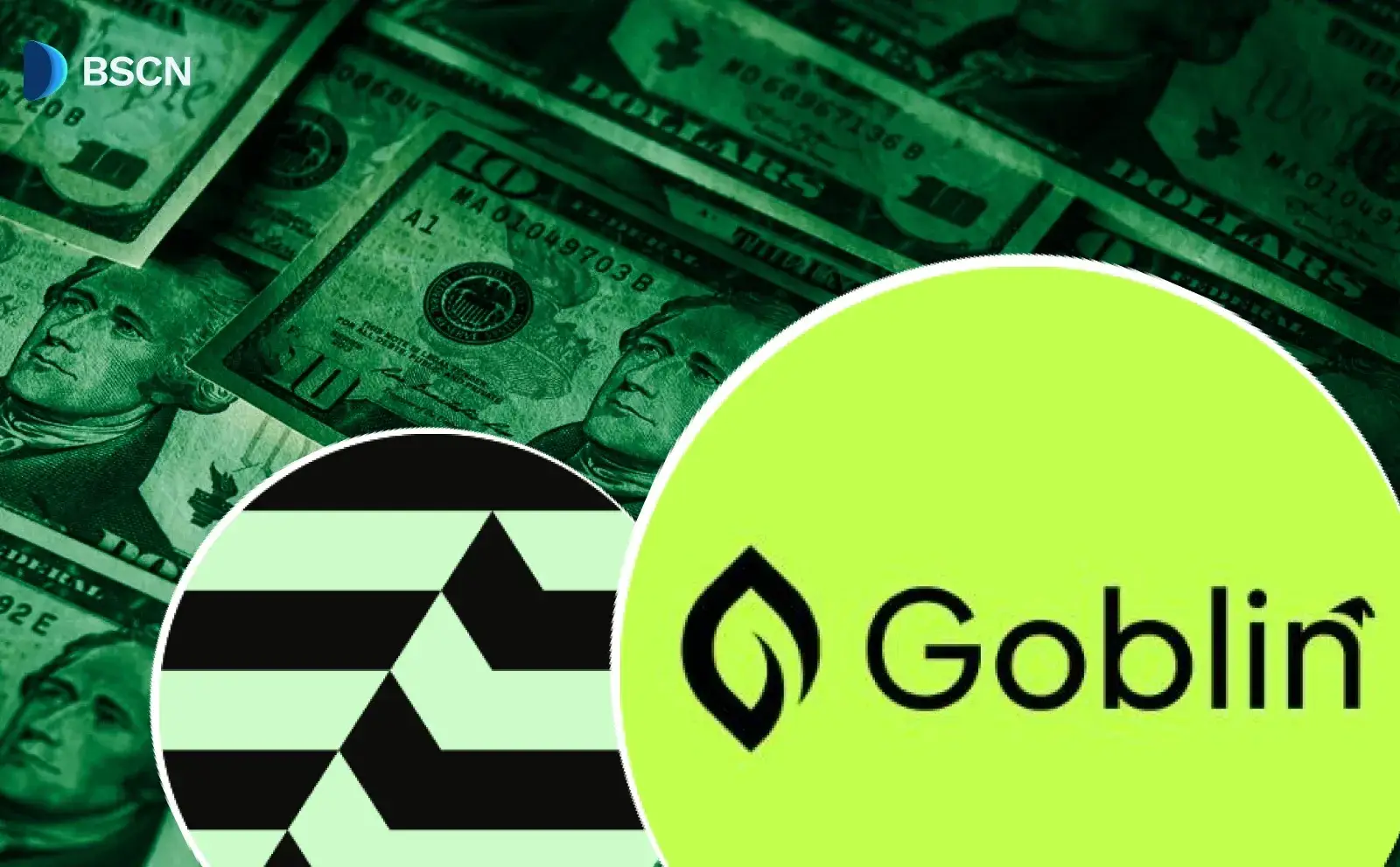Research
(Advertisement)
Linea Ecosystem Buybacks & Burns: Explained

Linea details buyback and burn mechanisms for $LINEA token, covering gas fees, native yields, institutional capital, tokenomics, and 2025 price predictions.
UC Hope
November 3, 2025
(Advertisement)
Table of Contents
Ethereum Layer-2 scaling solution Linea has unveiled its plans to become a “perpetual buyer of its own token.” The protocol is set to introduce buyback and burn mechanisms to manage the supply of its $LINEA token, as detailed in a recent thread on the project's official X account.
Posted on November 1, the X thread outlines how these features, including a gas burn system and native yield generation, aim to reduce token supply and attract capital. The post emphasizes a "flywheel" effect where increased activity leads to more revenue, burns, and yields. This approach positions Linea as a chain focused on deflationary tokenomics without insider unlocks, amid ongoing price challenges.
The Linea ecosystem is about to become a perpetual buyer of its own token.
— Linea.eth (@LineaBuild) November 1, 2025
- Gas burns
- Native yield
- Institutional capital
- And no sell pressure from VCs or insiders
The flywheel is about to kick in. Let's break down what's coming, and how it all compounds…
Linea and Its Token
Linea operates as a zkEVM-based Layer-2 network on Ethereum, developed by ConsenSys. The platform leverages zero-knowledge proofs to enable secure, low-cost transactions while maintaining compatibility with Ethereum's mainnet. Fees on Linea are up to 15 times lower than on Ethereum Layer-1, making it suitable for DeFi applications and institutional use.
Its native token, $LINEA, has a total supply of approximately 15.5 billion, with tokenomics designed to prioritize community incentives over allocations to teams or investors. Linea's total value locked (TVL) remains high compared to its market cap, but transaction volumes are low, which has impacted token performance. As of writing, the token trades at $0.013, down 70% from its all-time high of $0.04 in September 2025.
Breaking Down the Flywheel to Become a Perpetual Buyer of Its Own Token
The Gas Burn Mechanism in Detail
Linea's gas burn mechanism, set to launch in early November 2025, allocates 20% of net gas fees to burn ETH and 80% to buy and burn $LINEA tokens. This dual-burn system draws on Ethereum's EIP-1559 model, in which fees are burned to create scarcity.
In practice, the mechanism converts ETH fees into $LINEA burns through market purchases, aiming to reduce supply as network activity grows.
Native Yield Generation for Liquidity Providers
Linea's upcoming native yield feature is “on the way.’ First announced in August 2025 through integration with Lido V3, this allows bridged ETH to automatically generate yields, which are then distributed to liquidity providers and DeFi protocols. The yields replace $LINEA incentives with ETH or mUSD rewards, with an expected launch between October and December 2025.
At current annual revenue levels of $20 million, the feature could provide about 1% APY to participants, though this varies with network usage. By enabling productive yields on bridged assets, it encourages DeFi activity and capital inflows. With this in mind, the yield system complements the burn mechanism by creating a loop where higher activity generates more revenue for both burns and rewards.
Institutional Capital Inflows and Their Role
A key element in the thread is the involvement of institutional capital, exemplified by SharpLink Gaming's plan to deploy over $200 million in ETH on Linea over several years. Announced on October 28, 2025, this deployment uses Anchorage for custody, ether.fi for staking, and EigenCloud for DeFi yields. SharpLink, trading as $SBET, focuses on real-world assets, payments, and settlements, indicating trust in Linea's infrastructure.
Such inflows are expected to bring long-term liquidity without immediate sell pressure. The thread suggests more institutions may follow, including integrations with systems like SWIFT. This capital supports the ecosystem's flywheel by increasing TVL and transaction fees, which in turn fuel burns and yields.
Linea's Position as Ethereum's Economic Backbone
Linea supports Ethereum by processing transactions at lower costs and higher speeds while preserving the mainnet's security through zero-knowledge proofs. It achieves full Ethereum equivalence, enabling dApps to migrate without modification, thereby helping scale the network's overall capacity.
The platform's gas fee burn mechanism mirrors Ethereum's EIP-1559, where fees contribute to scarcity, but Linea allocates 20% to ETH burns and 80% to $LINEA buys and burns. This setup directs economic value back to Ethereum, as Linea does not compete for users but enhances the base layer's liquidity and adoption.
Integrations with MetaMask, which has over 100 million users, facilitate access. At the same time, institutional deployments, such as SharpLink Gaming's $200 million ETH allocation, use tools like Anchorage for custody and ether.fi for staking. Analysts note that Linea's design drives scalability and institutional adoption, positioning it as a pillar for Ethereum's infrastructure rather than a standalone competitor.
Conclusion
Linea's buyback and burn mechanisms, combined with native yields and institutional capital, provide tools to manage $LINEA supply and encourage network growth. These features address scarcity through fee-based burns and rewards, while tokenomics avoid insider allocations to focus on community-driven incentives.
However, challenges such as price volatility underscore the need for greater adoption. Investors should monitor upcoming events, such as the November 4 podcast and zkEVM upgrade, to assess progress. This ecosystem's alignment with Ethereum provides a structured approach to Layer-2 scaling, but sustained transaction growth remains essential to achieving its deflationary goals.
Sources:
- Linea X Thread: https://x.com/LineaBuild/status/1984666543922241744
- CMC Data on $LINEA Token Price: https://coinmarketcap.com/currencies/linea/
- SharpLink Plans to Deploy $200M of ETH on Consensys’ Linea via ether.fi and EigenCloud to Unlock Enhanced Ethereum DeFi Yields: https://paragraph.com/@linea/sharplink-plans-to-deploy-200m-of-eth-on-consensys-linea
- Linea Integration with Lido V3: https://blog.lido.fi/linea-lido-bringing-native-yield-to-l2s/
Read Next...
Frequently Asked Questions
What is Linea's gas burn mechanism?
Linea's gas burn allocates 20% of fees to burn ETH and 80% to buy and burn $LINEA, creating token scarcity based on network activity.
How does native yield work on Linea?
Bridged ETH generates yields via Lido V3 integration, distributed to liquidity providers, replacing $LINEA incentives with ETH or mUSD rewards.
Why has $LINEA's price declined?
Declines stem from low transaction volumes and selling pressure, resulting in a 70% drop from its September 2025 high.
Disclaimer
Disclaimer: The views expressed in this article do not necessarily represent the views of BSCN. The information provided in this article is for educational and entertainment purposes only and should not be construed as investment advice, or advice of any kind. BSCN assumes no responsibility for any investment decisions made based on the information provided in this article. If you believe that the article should be amended, please reach out to the BSCN team by emailing [email protected].
Author
 UC Hope
UC HopeUC holds a bachelor’s degree in Physics and has been a crypto researcher since 2020. UC was a professional writer before entering the cryptocurrency industry, but was drawn to blockchain technology by its high potential. UC has written for the likes of Cryptopolitan, as well as BSCN. He has a wide area of expertise, covering centralized and decentralized finance, as well as altcoins.
(Advertisement)
Latest News
(Advertisement)
Crypto Project & Token Reviews
Project & Token Reviews
Comprehensive reviews of crypto's most interesting projects and assets
Learn about the hottest projects & tokens

